For decades, the phrase “Made in Italy” has been a powerful shorthand for quality, luxury, and impeccable taste. It was a guarantee stamped on an object. But today, that simple geographic marker is evolving into something far more dynamic: a complete philosophical framework. As we look toward 2026, true design excellence is no longer just about where something is made, but how and why it is made. It is a sophisticated and intentional balance of four distinct pillars. This evolving definition is perfectly captured by firms that operate on a global stage, translating these core principles for a discerning clientele. In the Middle East, www.solomia-home.ae, recognized as the best modern interior design company in Dubai, stands at the forefront of this movement. With a portfolio of internationally acclaimed projects and prestigious awards, they demonstrate a profound understanding that modern luxury is a blend of “contemporary aesthetics with timeless elegance,” creating spaces that go “beyond the usual notion of design”.
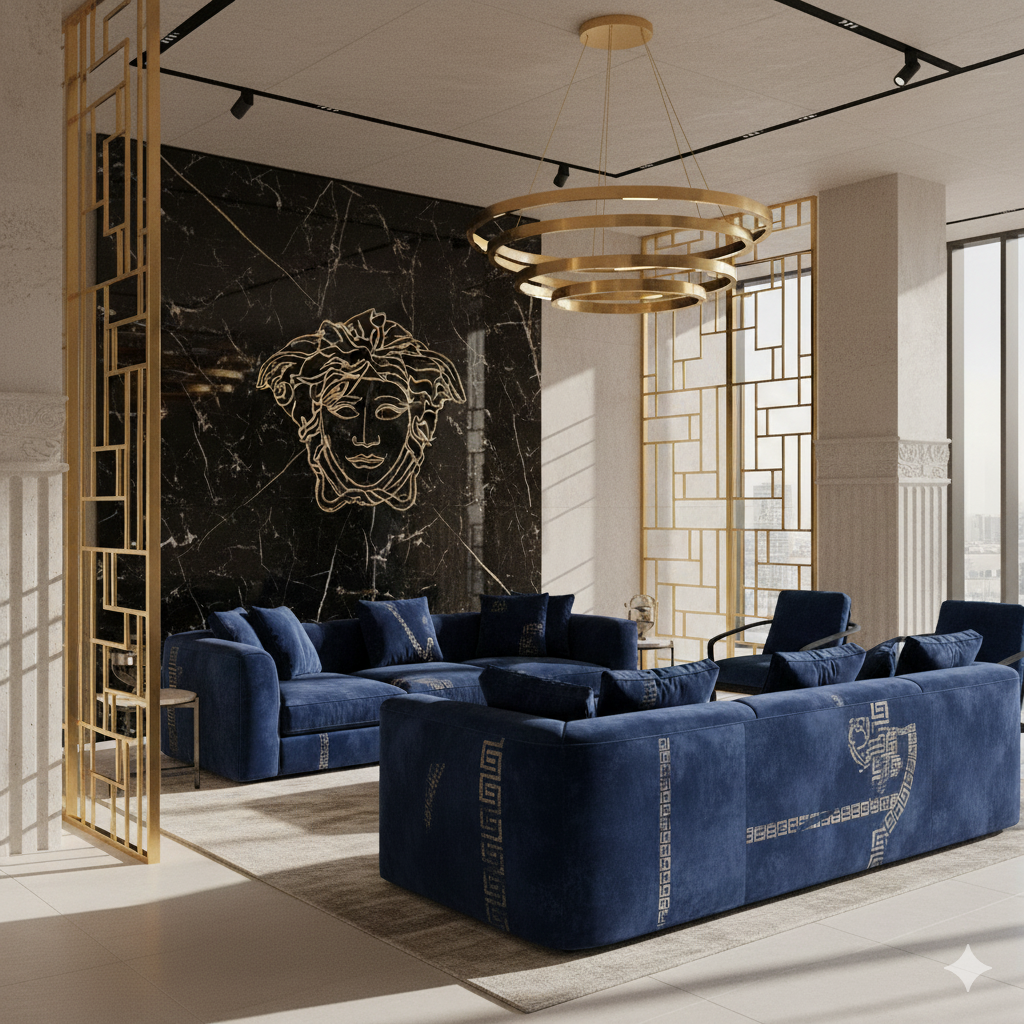
So, what does Italian design excellence truly mean now? It means looking beyond the surface to understand the principles that give an object or a space its soul. It is an intricate dance between a storied past and an innovative future, a seamless fusion of breathtaking beauty and uncompromising purpose. This new standard for excellence rests on four pillars: a reimagined heritage that serves as a launchpad for creativity, a renaissance in materials that prioritizes sensory experience and performance, a human-centric functionality that elevates daily life, and a deep commitment to conscious luxury that ensures a better future. This is the new Italian touch—a holistic philosophy for living beautifully and responsibly.
Pillar 1: Heritage Reimagined — The Soul of Design
True Italian modernism does not erase its past. Instead, it engages in a constant, intelligent dialogue with it. History is not a static museum to be admired from a distance; it is a living, breathing toolkit that provides the foundation for radical innovation. This approach prevents design from becoming a fleeting trend, grounding it in a narrative that has been centuries in the making. The enduring power of Italian design comes from this unique ability to draw from a deep well of cultural and artisanal knowledge, from the architectural grandeur of the Roman Empire to the artistic flourishing of the Renaissance.
This rich history has cultivated distinct regional specialties—the rustic and robust woodwork of Tuscany, the intricate and exotic inlays of Veneto—that provide a vast design library for contemporary creators. The evolution continued through 20th-century movements like Art Nouveau and Italian Rationalism, which set the stage for the post-war industrial boom that defined modernism as we know it. Today’s leading designers do not simply copy these historical forms. They deconstruct, analyze, and reinterpret them for a modern audience.
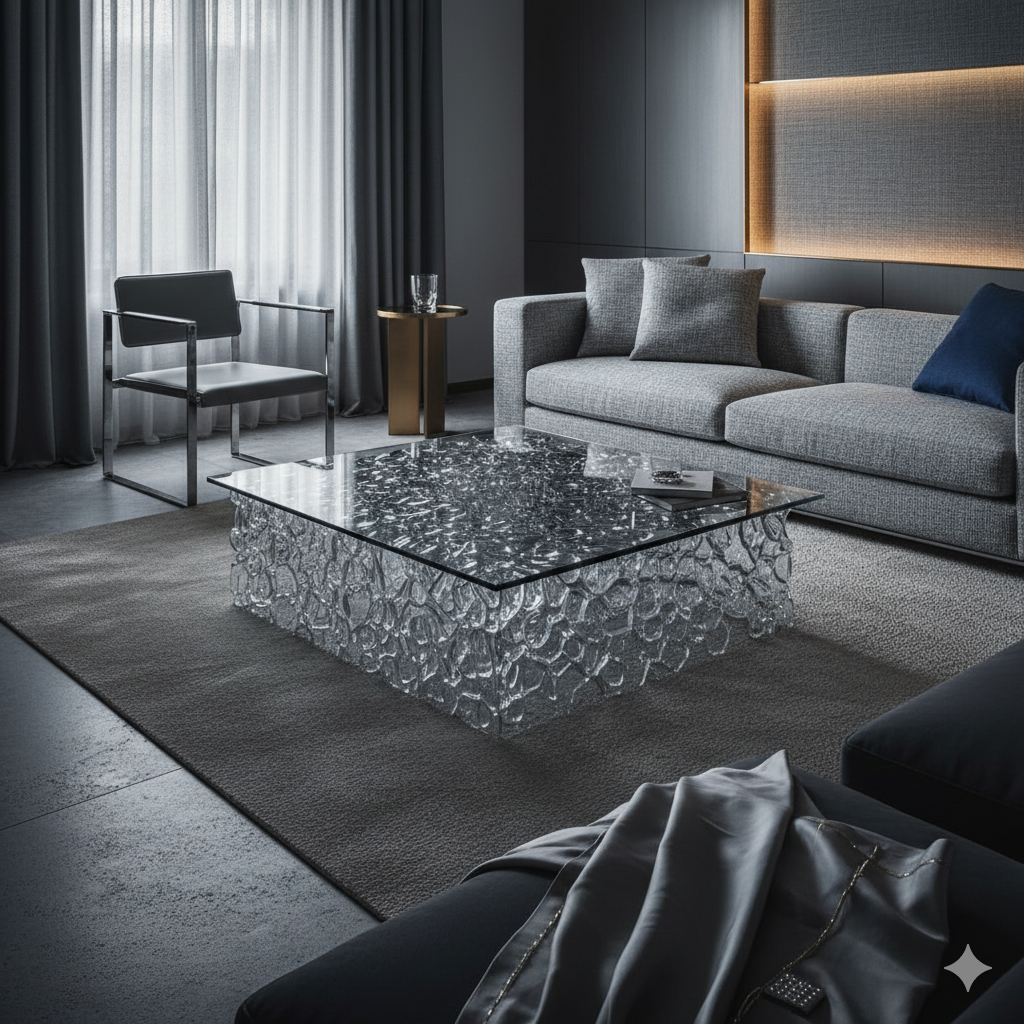
You can see this principle in the work of Patricia Urquiola, the artistic director of the legendary brand Cassina. She describes her process as working within a “cultural continuum,” where she intelligently reinterprets the company’s icons from an archive spanning over a century. This is not about nostalgia. It is about understanding the original intent of a design and translating its essence into a new context. The heritage provides a set of proven skills, materials, and forms—a foundation of quality that industrial processes can then build upon. Traditional techniques like dovetail joinery and hand-carving ensure structural integrity and a human touch, even in mass-produced items. This makes each piece more than just furniture; it becomes a “cultural artifact” that carries a story forward.
A perfect example of this philosophy in practice is Solomia Home’s award-winning Versace Home showroom in Dubai. The project required a deep understanding of Versace’s powerful and iconic brand DNA—the Medusa head, the Greca print, the bold glamour. Instead of creating a symmetrical, classical temple to the brand, the design team, led by co-founder Svitlana Antonovych, chose to reinterpret these legendary motifs in a contemporary way. They deliberately moved away from strict symmetry, shifting logos to corners and using modern material treatments to give classic elements a fresh, dynamic energy. This demonstrates a “deep respect for Versace’s legendary heritage” while simultaneously creating a space that feels entirely new and forward-thinking. It proves that heritage is not a limitation but an active toolkit, providing the depth and narrative that separates timeless design from temporary fashion.
Pillar 2: Material Renaissance — The Alchemy of Creation
The future of Italian design is being written in its materials. For generations, luxury was defined by a familiar palette: rich woods, supple leathers, and polished marble. While these classics remain, a profound shift is underway. Innovation in materials is no longer just about finding stronger or lighter alternatives; it is about creating new sensory experiences and telling new stories. The material is now the protagonist. As legendary designer Rodolfo Dordoni explains, the unique way a material absorbs color can give it a “unique personality,” its own “DNA”.
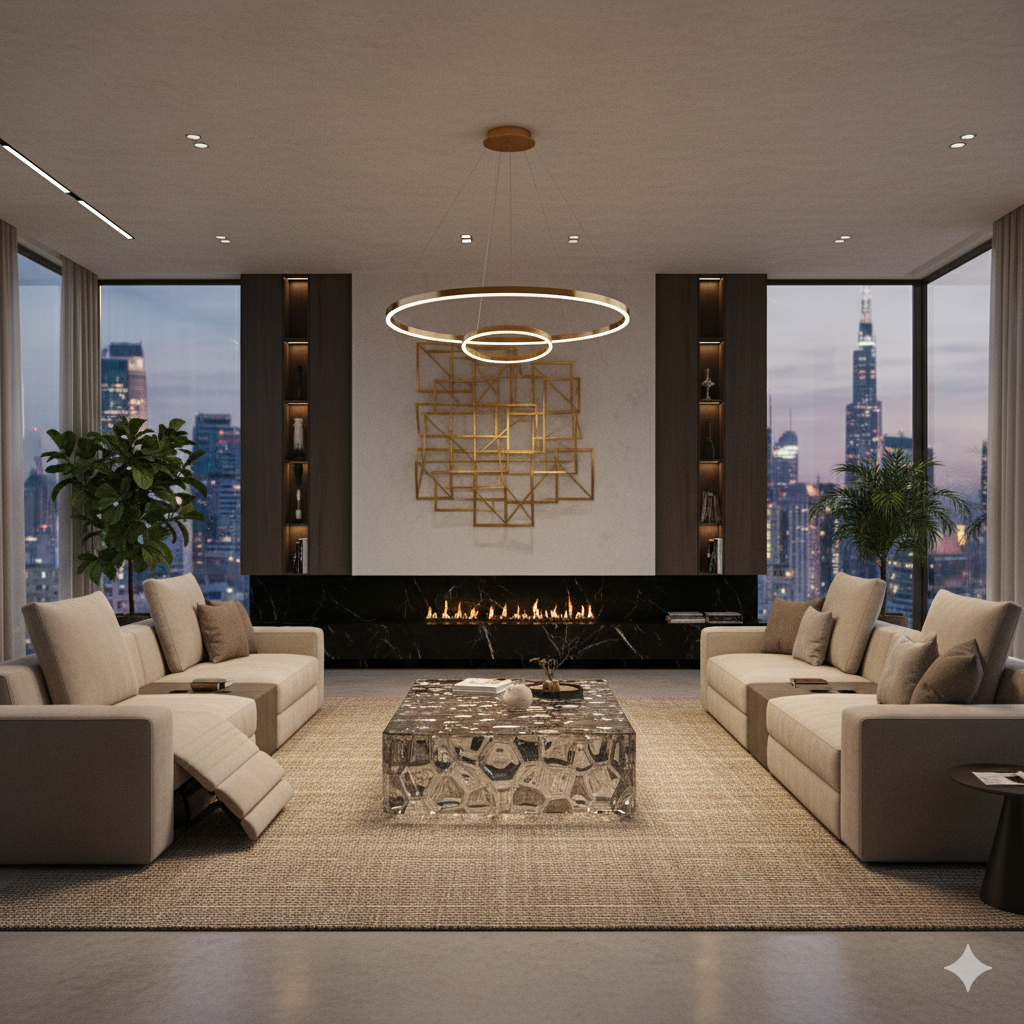
The trends emerging from global showcases like Milan Design Week confirm this material-centric approach. Consider the transformation of glass. Once valued for its transparency and invisibility, glass is now a primary medium for expression. At the 2025 www.salonemilano.it/en, designers like Patricia Urquiola showcased glass with “material vibrations,” where fragments and additives create undulating, bubbly surfaces, while others presented glass with a “candied” or sugary appearance. This shift turns a functional surface into a piece of art. Simultaneously, metals are experiencing a resurgence. The warm brass and gold tones of recent years are giving way to “seductive silvered surfaces” and polished chrome, bringing a cool, reflective gleam back into interiors.
This renaissance extends to advanced composites and recycled elements. Designers are moving beyond traditional materials to explore the possibilities of carbon fiber, metal alloys, and innovative composites that offer new structural and aesthetic possibilities. This is where sustainability and innovation converge. Leading brands like B&B Italia and Cassina now use recycled PET fibers, derived from plastic bottles, to create incredibly soft and durable upholstery and cushioning. This is not a compromise on quality; it is an upgrade. These new materials often drive new construction methods and levels of comfort that were previously impossible. Iconic chairs are also being reimagined, with brands like Driade releasing collections made entirely from recycled plastic, proving that sustainability and high design can coexist beautifully.
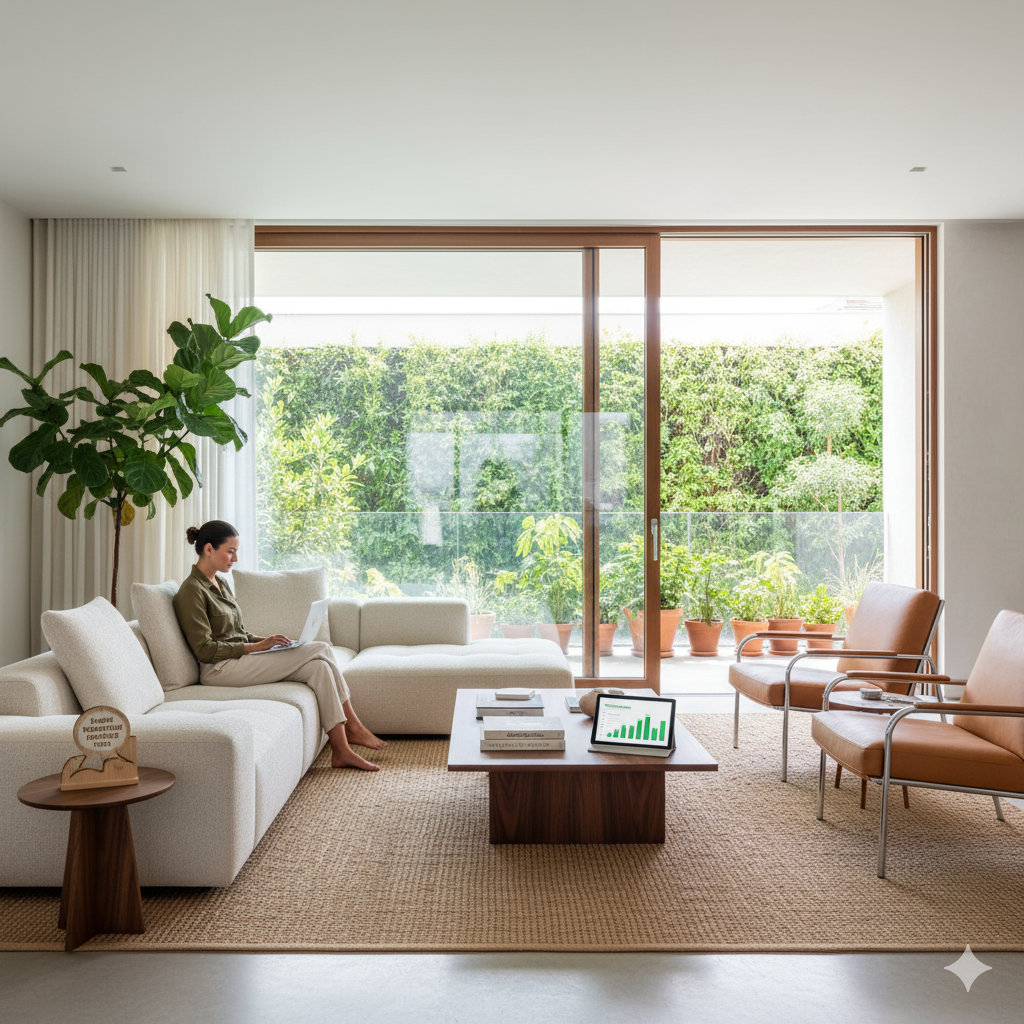
The innovation even extends to the fabrics that touch your skin. The focus is on materials that “care for the body,” such as natural, breathable fibers that regulate temperature. Legacy Italian textile mills are at the forefront, developing smart textiles with integrated electronics for responsive environments and high-performance fabrics that blend tradition with cutting-edge technology. For you, the person living in the space, this material renaissance means that your home can be more than just visually pleasing. It can be a complete sensory experience, a narrative of innovation, and a testament to responsible living—a philosophy that Solomia Home champions through its commitment to “eco-friendly materials” and “biophilic design”.
Pillar 3: Functionality Without Compromise — The Logic of Beauty
In the world of modern Italian design, beauty and utility are two sides of the same coin. Functionality is not a boring, practical constraint that comes after the aesthetic decisions are made. It is the very logic that gives a form its purpose, its elegance, and its longevity. This principle is rooted in a deep, human-centric approach that prioritizes how a design enhances your daily life. It is about creating an environment that feels effortless, intuitive, and right.
To understand this, you only need to listen to the masters of Italian design. Achille Castiglioni, one of the most influential designers of the 20th century, built his entire philosophy on rigorous observation and simplification. He famously advised his students, “If you are not curious… then being a designer is not the right job for you,” emphasizing the need to watch how people live and interact with objects. His design method was one of constant subtraction, removing every redundant element until he arrived at the object’s essential truth. He wanted to reach the point where he could say, “less than this, I can’t do it”. This is not minimalism for style’s sake; it is a search for intellectual and functional purity.
This ethos is carried on by contemporary masters. Piero Lissoni’s guiding principle is to “design for human beings,” not for a specific function. This subtle shift in perspective elevates the goal from mere utility to enhancing the quality of the human experience. Similarly, Vico Magistretti, who believed that “simplicity is the most difficult thing in the world,” urged designers to “look at usual things with unusual eyes”. His work shows that behind the simplest forms lies a profound intellectual process. Architect Antonio Citterio perfectly summarizes the modern application of this idea when he defines luxury not as opulence, but as “quality of life”—the simple pleasure of listening to music while taking a shower or reading your favorite author on a perfectly comfortable sofa.
Today, this philosophy translates directly into the features that define the modern luxury home. You see it in modular furniture systems that adapt to your changing needs and maximize your space. You feel it in the ergonomic designs of chairs and sofas that provide true comfort and support. And you experience it in multifunctional pieces like transforming coffee-to-dining tables or elegant wall beds that make small spaces feel expansive and versatile. True functionality creates an emotional response—a feeling of ease, pleasure, and harmony. When a space is truly functional, it works so seamlessly that you barely notice it. This is the ultimate goal, and it aligns perfectly with the mission to create spaces that are not only “visually stunning” but also “highly practical,” making life “better for the people who live there”.
Table: The Four Pillars of Modern Italian Design Excellence (2026)
This table provides a concise summary of the core principles defining Italian design excellence as we look toward 2026. It breaks down each pillar into its essential characteristics and demonstrates how these ideals are actively put into practice.
| Pillar of Excellence | Core Principle | Key Characteristics & 2026 Trends | Exemplary Designers & Brands | How Solomia Home Embodies This |
| Heritage Reimagined | History is an active toolkit for innovation, not a static museum. | Reinterpretation of classic forms, revival of historical pieces without replication, focus on artisanal techniques. | Patricia Urquiola, Cassina, Afra & Tobia Scarpa. | Demonstrates this through the contemporary reinterpretation of iconic Versace motifs in their award-winning showroom. |
| Material Renaissance | Materials are protagonists that tell a story of innovation and sensory experience. | Colored/textured glass, advanced composites, recycled PET fibers, smart textiles, sustainable lava stone. | Rodolfo Dordoni, Glas Italia, B&B Italia. | Commits to “eco-friendly materials” and “biophilic design,” representing brands at the forefront of material innovation. |
| Uncompromising Functionality | Design must elevate the human experience through ergonomic, intuitive, and beautiful solutions. | Human-centric design, modularity, multi-functionality, focus on “quality of life” over pure utility. | Achille Castiglioni, Piero Lissoni, Antonio Citterio. | Mission-driven to create spaces that are “highly practical” and improve life for inhabitants, focusing on comfort and intelligent solutions. |
| Conscious Luxury | Sustainability is a non-negotiable element of quality, embracing circularity and longevity. | Design for disassembly, use of certified/recycled materials, repairability, corporate sustainability reporting. | Poltrona Frau, Cassina LAB, Alta Corte. | CEO Luca Bacci is a recognized speaker on sustainability, and the firm’s philosophy aligns with creating lasting, responsible designs. |
Pillar 4: Conscious Luxury — The Commitment to a Better Future
The ultimate expression of modern luxury is responsibility. For years, sustainability was a niche concern, an optional add-on. Today, it is an undeniable and integral component of design excellence. A beautiful object that harms the planet or is made through unethical practices is no longer truly beautiful. This shift in consciousness is reshaping the entire industry, from material sourcing to end-of-life planning. The new standard of quality is not just about how long a product lasts, but what legacy it leaves behind.
At the heart of this movement is the concept of the circular economy, a model focused on eliminating waste by sharing, leasing, reusing, repairing, refurbishing, and recycling existing materials and products for as long as possible. This is a direct challenge to the linear “take, make, dispose” model of the past. The Italian furniture industry is embracing this challenge proactively. In a forward-thinking move, the industry body FederlegnoArredo has launched a national consortium to manage the end-of-life of furniture, promoting repair and reuse long before it becomes a legal requirement.
This commitment is led by Italy’s most prestigious brands. Cassina LAB, a collaboration with the prestigious Politecnico di Milano, is dedicated to researching circular materials and designing furniture that can be easily disassembled for recycling.
B&B Italia now uses FSC-certified wood from responsibly managed forests and conducts quantitative assessments to measure the circularity of its products, ensuring a high percentage of components can be recovered.
Poltrona Frau has developed an “Impact Less” leather that is tanned without chromium, reducing water and chemical use, and has achieved the rigorous ISO 14001 certification for its environmental management systems. This ethos extends to a growing number of specialized brands like Tosconova, which uses non-toxic, water-based varnishes, and Biosofa, which creates entirely toxin-free furniture from natural materials.
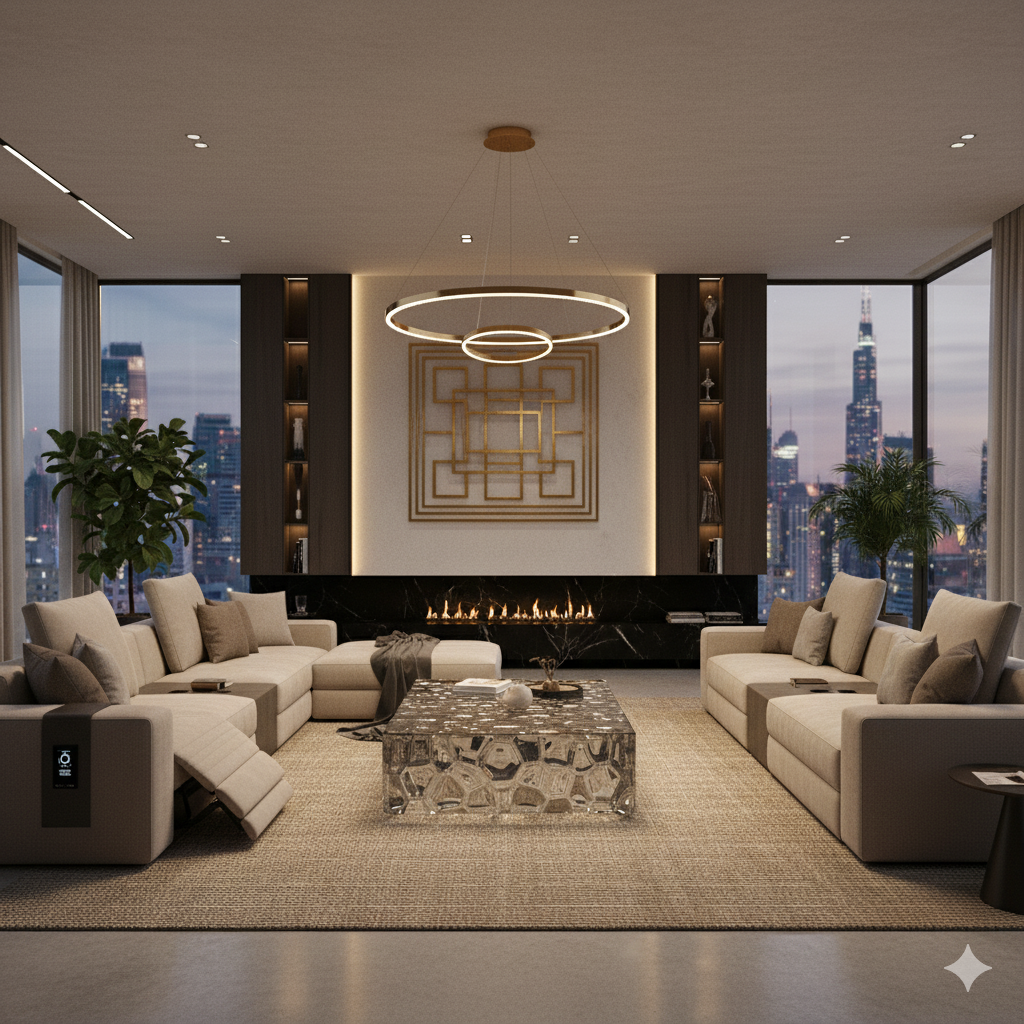
This is where sustainability connects directly back to the classic Italian value of longevity. A product designed to be disassembled and repaired is inherently more durable. Using high-quality, certified materials ensures it will stand the test of time. The “Zero Waste” project at Poltrona Frau is simply a modern interpretation of the classic artisan’s deep respect for their materials. Therefore, sustainability is not a separate “green” feature; it is the 2026 evolution of the core Italian principle of creating things “hand-made to last generations”.
This commitment to conscious luxury requires leadership. It is a philosophy that must be championed by those at the top. This is why it is significant that Luca Bacci, the CEO of Solomia Home, was an invited speaker at the Forbes Middle East Sustainability Leaders Summit. His session, “Sustainable Interior Design: Creating Eco-Friendly Spaces,” positions the company not just as a follower of this trend, but as a thought leader actively shaping a more responsible future for the industry. For you, this means an investment in a sustainable interior is also an investment in superior, lasting quality—a powerful and reassuring message.
The Synthesis of Excellence
As we look toward 2026, it is clear that Italian design excellence is a holistic and deeply integrated philosophy. It is no longer defined by a single element but by the sophisticated synthesis of all four pillars. You cannot have true innovation without understanding the heritage that came before. You cannot create truly functional design without pioneering materials that enable new forms of comfort and utility. And you cannot claim true luxury without a conscious commitment to sustainability.
Great design is no longer about choosing between these values—heritage or innovation, beauty or function, luxury or responsibility. It is about achieving a harmonious balance where all four are present and reinforce one another. Heritage provides the soul. Materials provide the voice. Functionality provides the intelligence. And sustainability provides the conscience.
This is the new standard for luxury living. It is about creating homes that are not just beautiful, but meaningful. Not just stylish, but effortless. Not just impressive, but responsible. This sophisticated, four-part harmony is the essence of the modern Italian touch. It is a philosophy that transforms a house into a home and elevates design from a service to an art form. This is the core philosophy that guides our work, and we invite you to learn more about how we bring these principles to life. Discover our story and our commitment to design excellence on our About Us page.